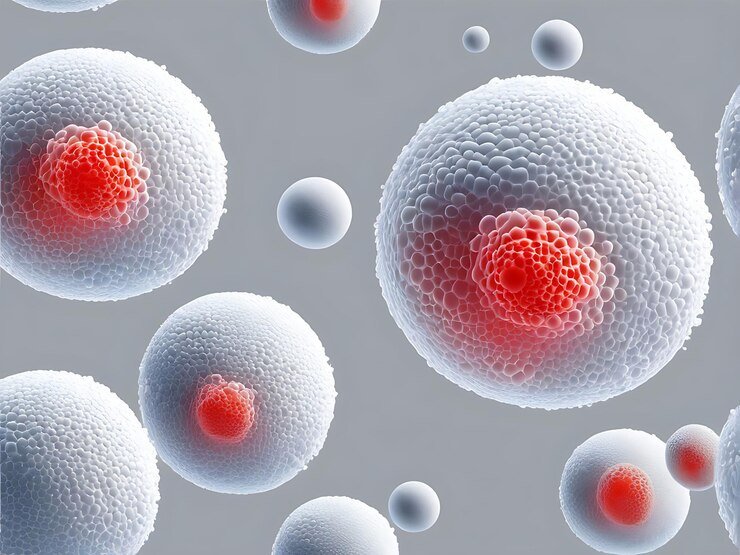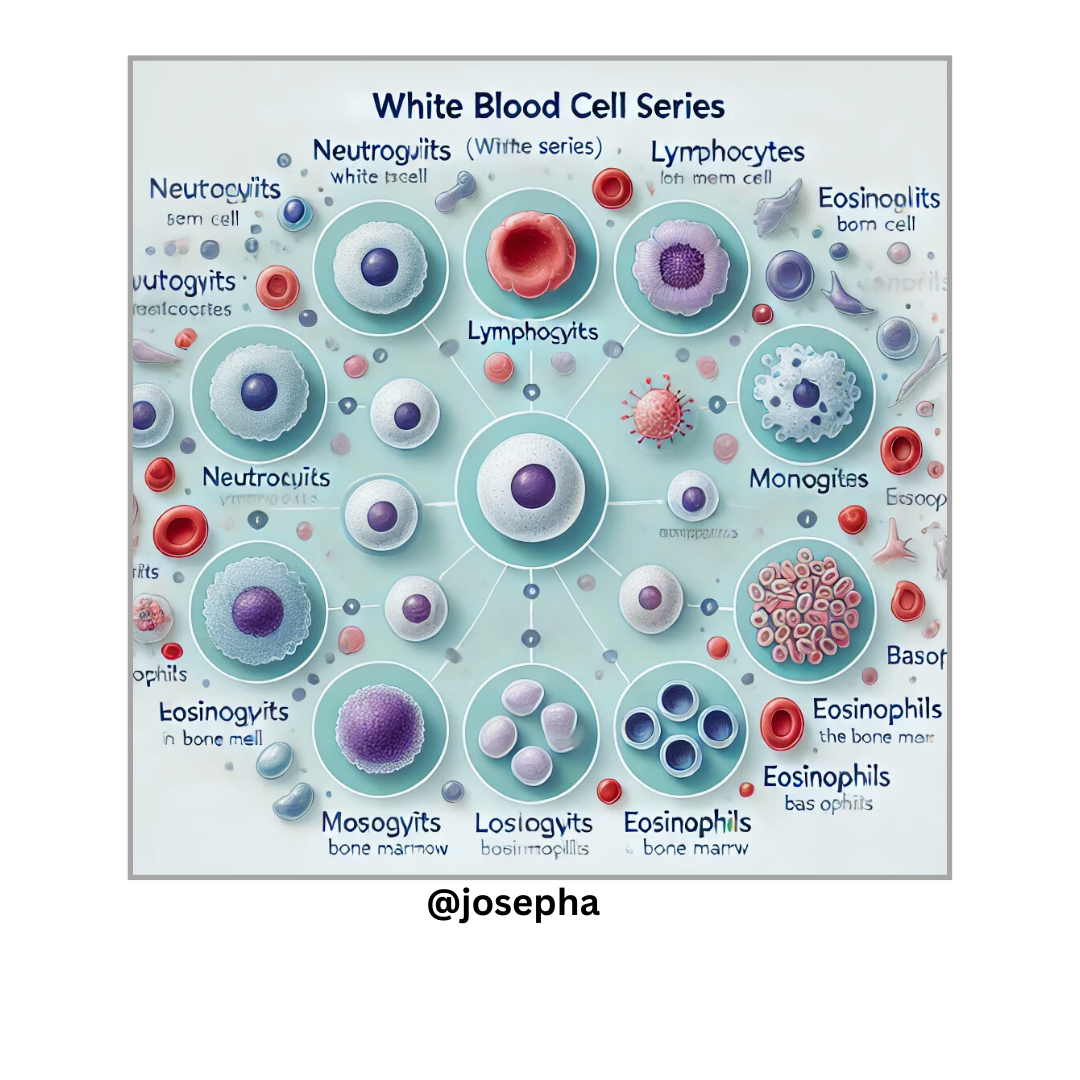SEC S20W6 || White Blood Cells - Module 6
3 comments
Hello Steemians, welcome to my post, and stay safe as you read through this post.
Define White Blood Cells (2.5 points)
 |
|---|
White Blood Cells can also be called "leukocytes" which are the key component of our immune system that help our body to fight infections and other diseases.
White blood cells are not like red blood cells that are involved in oxygen transport instead white blood cells are involved in helping our body to identify, attack, and neutralize pathogens such as viruses, bacteria, and other foreign invaders disease. What I strongly know about white blood cells is that they are produced in our bone marrow and circulate in our lymphatic system and blood.
Types:
I know of about five (5) types of white blood cells, with their specific roles the five types of white blood cells that I know are:
NEUTROPHILS:
This is the most common type of white blood cell that engulfs and destroys fungi and bacteria in our body.MONOCYTES:
This is the type of white blood cell that becomes macrophages and invests dead cells and pathogens.LYMPHOCYTES:
This is the type of white blood cells that include B-cells (produce antibodies) and target virus-infected cells (T-cells).BASOPHILS:
These are the types of white blood cells that release histamine during the process of allergic responses.EOSINOPHILS:
This is the type of white blood cells that help us to attack parasites which are also involved in allergic reactions.
Make a diagram of the white series (2.5 points)
 |
|---|
Above is a perfect diagram illustrating the white blood series, which shows the stages of development for various types of white blood cells. By mainly looking at the diagram you will get to see the types of white blood cells being labeled and displayed from their origin in the bone marrow to their mature stage.
Neutrophilia vs Neutropenia (2.5 points)
Both neutrophils and Neutropenia are conditions that are related to the levels of neutrophils, which are a type of white blood cells that are much more important for fighting infections such as bacteria infections. Let's take a look at them one after another.
Neutrophila:
This refers to an elevated number of neutrophils in our blood which is usually a sign of the following aforementioned:
- Stress or physical exertion
- Infections
- Smoking
- Pregnancy
- Medication
- Inflammatory diseases.
Neutropenia:
This refers to a diseased number of neutrophils. It increases the risk of infection and can be caused by the following aforementioned;
- Bone marrow disorders
- Medication (Antipsychotics)
- Autoimmune diseases
- Chemotherapy or radiation therapy
- Certain viral infections
Simply put, Neutropenia is an indication that one immune system is weakened and might struggle to fight off infections, whereas, Neutrophila is an indication that the body is reacting to an infection, inflammation, or stress.
Explain a case related to the white series (2.5 points)
 |
|---|
A 55-year-old man presented himself to the emergency department of Holy Trinity Hospital with a complaint of fatigue and easy bruising over the past two weeks. When he was tested his blood revealed the following:
- Total white blood cell count: Elevated (Leukocytosis)
- Neutrophil count: High (Neutrophila)
- Hemoglobin level: Low(Anemia)
- Blast cells: Present (Immature WBC,)
- Platelet count: Low (Thrombocytopenia)
Diagnosis
The presence of blast cells in the man's blood along with elevated white blood cell and neutrophil levels, and accompanying low platelet and hemoglobin, points towards his bone marrow disorder like Acute Myeloid Leukaemia.
The case of the patient was a cancer of the white blood cells where abnormal myeloid cells proliferate in his bone marrow. After every check-up that was done, the patient started his treatment on chemotherapy to reduce the number of blasts and restore normal blood cell production.
I am inviting: @kuoba01, @simonnwigwe, and @ruthjoe
Cc:-
@dexsyluz
Comments